When considering materials for your next building or renovation project, the comparison of porcelain vs marble cost is an essential factor for many homeowners and designers alike. Both materials offer unique advantages and aesthetic appeals, but their cost can significantly influence the decision-making process.
Porcelain, known for its durability and versatility, and marble, celebrated for its timeless beauty and elegance, come with different price tags and maintenance requirements.
This guide aims to provide an in-depth analysis of the costs associated with porcelain and marble, helping you make an informed decision that aligns with your project needs and budget constraints.
Understanding the cost implications of choosing between porcelain and marble is not just about analyzing immediate expenses. It involves considering the longevity, maintenance, and overall value these materials add to a property.
While the initial investment might lean towards one option, the long-term financial impact, including upkeep and potential enhancement in property value, can significantly shift the balance.
This evaluation is vital in ensuring that your choice not only meets aesthetic desires but also aligns with financial objectives and practicality over time.
Initial Cost
Porcelain
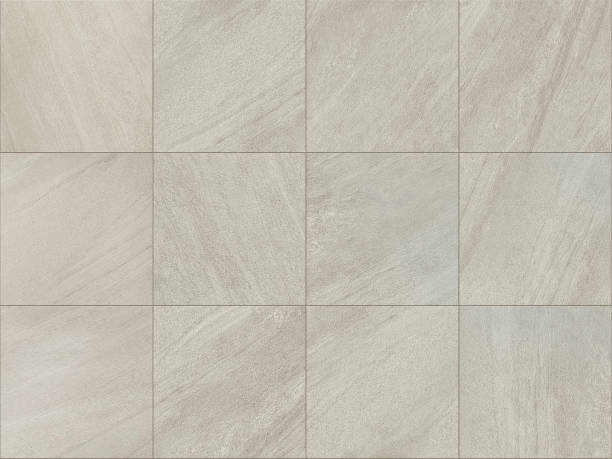
Porcelain tiles are celebrated for their durability, water resistance, and low maintenance, making them a popular choice for many homeowners.
The cost of porcelain tiles can vary widely, depending on several factors such as quality, design, and where they are purchased. On average, porcelain tile costs range from $3 to $10 per square foot.
However, for high-end or custom-designed porcelain tiles, prices can escalate to $25 per square foot or more.
It’s important to note that the cost of porcelain tiles does not include installation. Professional installation of porcelain tiles can add $5 to $10 per square foot to the total cost, influenced by the complexity of the pattern and the local labor rates.
This means that for a modest-quality porcelain tile, the combined cost of materials and installation can fall within the range of $8 to $20 per square foot.
Given these figures, it’s clear that while porcelain offers a cost-effective solution in terms of maintenance and durability, the initial setup cost can be significant.
However, considering its longevity and the eventual cost-saving on repairs and replacements, porcelain tiles present a worthwhile investment for those looking for quality and durability in their flooring choices.
Marble
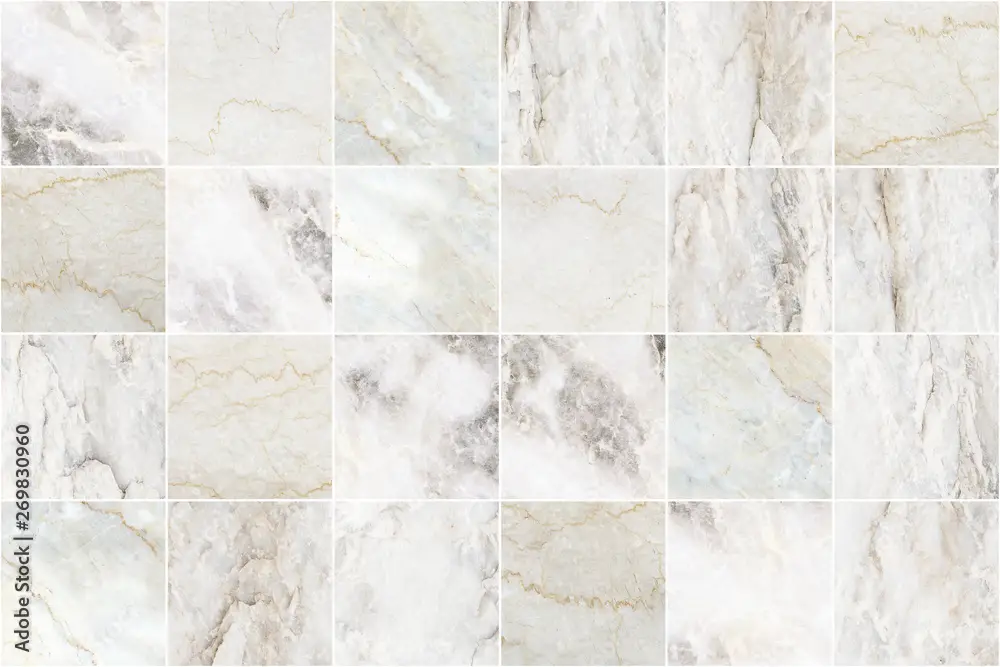
Marble is often associated with luxury and exclusivity, primarily due to its unique veining and lustrous finish, which has made it a coveted choice in homes and buildings for centuries.
This premium material is known for its beauty and elegance but comes with a price tag to match.
The cost of marble tiles can start from around $5 per square foot for basic options but can rapidly increase to $50 per square foot or more for high-grade, exotic varieties or custom cuts.
The significant range in price is influenced by a variety of factors such as the marble’s origin, color, and pattern uniqueness. For instance, rarer marbles with intricate veining patterns or unique colors tend to be at the higher end of the price spectrum.
Additionally, marble quarried in Italy, known for its superior quality, often commands a higher price compared to marble sourced from other regions.
Besides the cost of the material itself, marble flooring installation is a specialized task that requires skilled craftsmanship, further adding to its initial costs.
Installation expenses can vary but typically range from $7 to $15 per square foot, depending on the complexity of the design and local labor rates.
Therefore, when factoring in both the cost of the marble tiles and the installation, the total initial investment for marble flooring can be quite substantial.
However, for many, the unparalleled beauty and elegance that marble adds to a space justify the premium price, making it a desirable choice despite the higher upfront costs.
Installation Costs
Porcelain
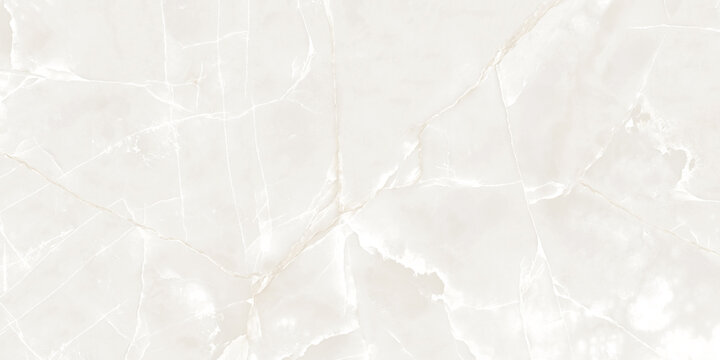
The installation cost of flooring materials such as porcelain and marble is not a flat rate; it’s influenced by several factors including labor and the quality of materials used. Labor costs can vary significantly based on geographical location, the skill level of the craftsmen, and the complexity of the installation.
For instance, intricate patterns or the requirement for custom cuts can drastically increase the time and skill required for installation, leading to higher labor costs.
High-quality materials and special underlayment or adhesives required for specific types of porcelain or marble flooring can also contribute to the total cost.
Furthermore, the condition of the subfloor may necessitate additional preparation work before the new flooring can be laid, adding another layer of expense.
All these aspects – from labor to material quality and preparatory work required for the subfloor – play a crucial role in determining the final installation cost.
Marble
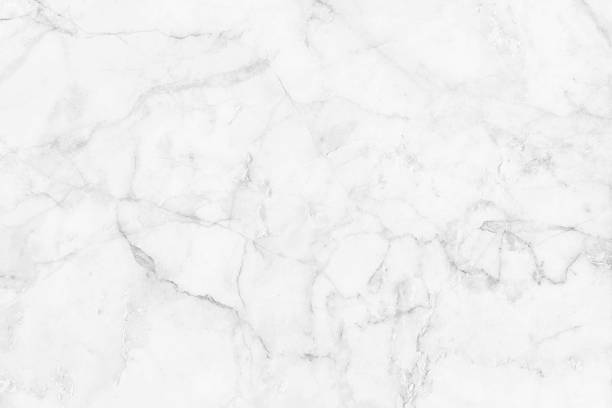
The installation of marble flooring distinctly stands out due to its inherent complexities and the craftsmanship required, which typically leads to higher costs compared to porcelain. Firstly, marble is a natural stone that necessitates careful handling to prevent chips, cracks, or breakage.
The material’s susceptibility to damage requires installers with specialized skills and experience, which often comes at a premium.
Secondly, the aesthetic appeal of marble – characterized by its unique veining and patterns – means that laying out the tiles to ensure a visually pleasing alignment is a meticulous process. This can significantly extend installation time, adding to labor costs.
Additionally, marble tiles need to be sealed after installation to protect against stains and moisture, a step that is not always necessary with porcelain. The need for this extra treatment further elevates the installation expenses.
Finally, marble can be heavier than porcelain, which may necessitate reinforcement of the subfloor before installation, introducing another layer of cost.
Collectively, these factors contribute to why marble installation is generally more costly than porcelain, reflecting not just the luxury of the material but also the intricacy involved in its installation.
However, for those looking to add a touch of sophistication and natural beauty to their homes, marble flooring remains an excellent option worth investing in.
Maintenance and Longevity
Porcelain
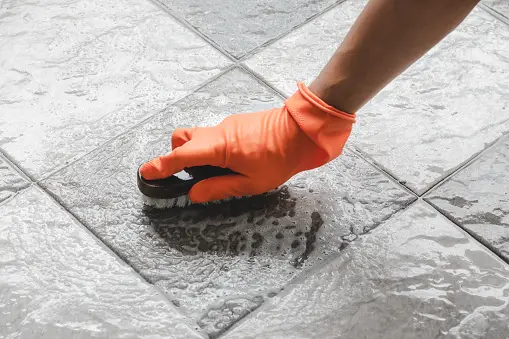
Porcelain stands out as a highly durable flooring option, designed to withstand the rigors of heavy foot traffic, scratches, and spills without losing its aesthetic appeal.
Crafted from fine, dense clay and fired at high temperatures, porcelain tiles possess a resilience that makes them impervious to most stressors. This intrinsic strength ensures that porcelain floors remain pristine with minimal upkeep, resisting stains and moisture more effectively than many other materials.
Unlike marble, porcelain does not require sealing after installation, further mitigating maintenance costs. Its low porosity means that spills can be easily wiped away without leaving stains, and its hardness protects it against scratches and chips from daily use.
Additionally, porcelain’s color and pattern run through the entire tile, minimizing the visibility of any wear or damage that occurs over time.
This combination of durability and low maintenance requirements makes porcelain an economically advantageous choice for both residential and commercial settings, offering long-term value and aesthetic appeal with significantly less upkeep.
Marble
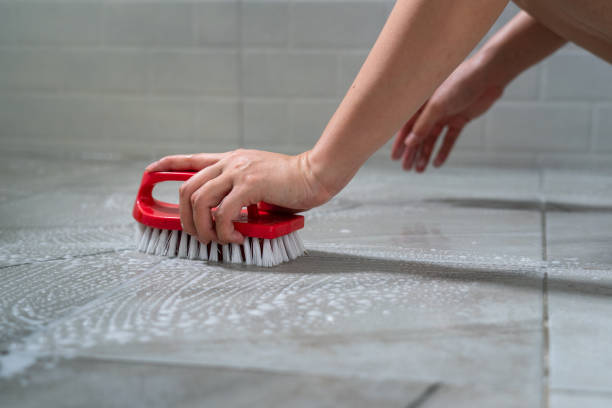
In comparison to porcelain, marble brings an unparalleled level of elegance and uniqueness to any space, but it also demands a higher level of maintenance to maintain its lustrous appearance over time.
Marble, a natural stone, is inherently more porous than porcelain, making it susceptible to staining from spills if not promptly attended to. This characteristic necessitates the regular application of a sealant to prevent liquids from penetrating the surface and causing discoloration.
Furthermore, marble can scratch and etch more easily than porcelain, meaning that acidic substances like lemon juice or vinegar can leave permanent marks if not cleaned up immediately.
The maintenance of marble flooring involves not only daily cleaning with pH-neutral cleaners but also periodic professional services to polish and restore the stone’s natural sheen.
These requirements add to the long-term expense of owning marble flooring. Despite these challenges, many homeowners and designers find the costs justifiable for marble’s timeless beauty and the added value it can bring to a property.
When considering longevity, marble floors can last a lifetime if cared for properly, though this comes with higher ongoing maintenance expenses compared to porcelain.
Porcelain, on the other hand, offers ease of maintenance and durability with less worry over damage from spills, stains, and scratches. This makes it a more cost-effective solution for those valuing long-term functionality and minimal upkeep.
Each material has its advantages, but the choice between porcelain and marble often comes down to a balance between aesthetic preferences, maintenance commitments, and budget considerations.
Related Topics:
Conclusion
In the final analysis, the decision between porcelain and marble largely hinges on individual preferences, priorities, and budgetary constraints. Porcelain emerges as a highly practical choice for those prioritizing durability, ease of maintenance, and cost-effectiveness over the long term.
Its versatility and resilience make it ideal for busy households or commercial environments where high foot traffic and the likelihood of spills are common concerns.
On the other hand, marble stands unmatched in its beauty and the luxurious ambiance it lends to spaces. Despite its higher initial cost and maintenance requirements, marble can be a worthwhile investment for those looking to enhance their property’s value and aesthetic appeal with a distinct and timeless material.
Ultimately, while porcelain offers practical advantages, marble’s unique elegance may tip the scales for those who value style and exclusivity.
The choice between porcelain and marble, then, is not merely a matter of which is better overall but which material better aligns with your project’s specific needs, lifestyle, and aesthetic goals.
FAQs
Is porcelain tile more expensive than marble?
Generally, porcelain tile tends to be more affordable than marble. This is due to marble’s natural formation process, rarity, and the labor-intensive techniques required to quarry and prepare it for home use, all of which contribute to its higher price point.
Can porcelain truly replicate the look of marble?
Yes, modern technological advancements in the manufacturing of porcelain tiles allow for highly realistic imitations of marble, including its unique veining and color variations.
While aficionados may distinguish between the two, porcelain can be a convincing alternative for those seeking the marble look without its maintenance and cost.
How do I best maintain a marble surface to ensure its longevity?
To maintain marble’s beauty and integrity, it’s important to regularly seal its surface to protect against stains and etches. Clean spills promptly, especially acidic substances like wine, coffee, and tomato sauce, which can damage the stone. For cleaning, use a soft cloth and a pH-neutral cleaner specifically designed for natural stone.
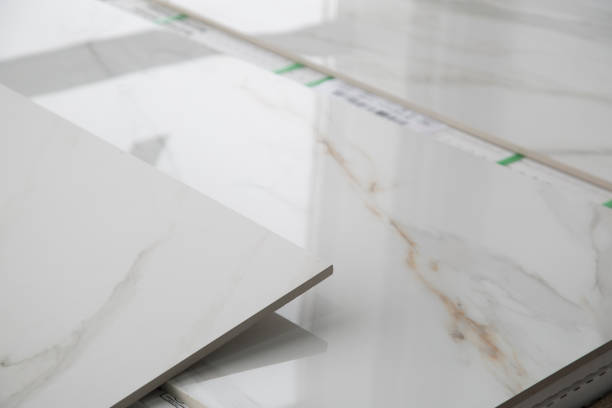
I think this is among the such a lot significant information for me.
And i’m satisfied studying your article. But want to remark
on few common issues, The website style is perfect, the
articles is really nice : D. Just right process, cheers